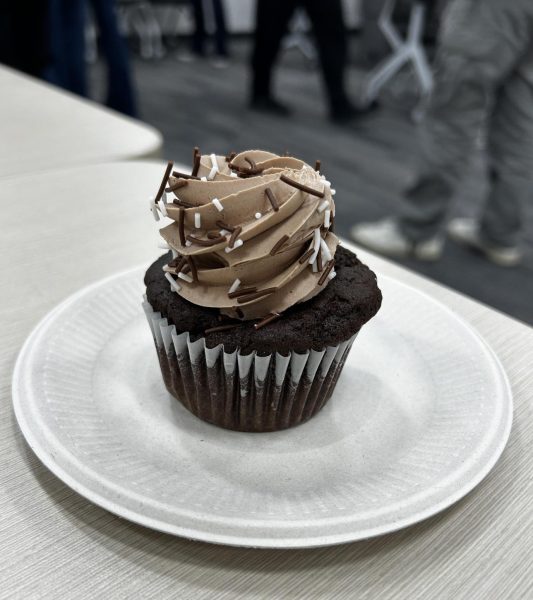Hispanic Heritage Month: a celebration of Hispanic virtue
A recently passed celebration allowed for deeper insight into our Hispanic community.
Throughout Latino America, countries unforgivingly display the pride they hold for their country.
October 24, 2022
Listen to the playlist that accompanies this article!
“¡Muere la corrupción! ¡Muere el clasismo! ¡Muere el racismo!”
Shouting from the terrace of the Palacio Nacional in Mexico City (CDMX), clasping the majesty of a beautiful green, white, and red flag, Mexican President Andrés Manuel Lopez Obrador proclaimed the independence of his country in a yearly custom.
With the Zocalo in CDMX filled to the brim with proud Mexican natives, they were prepared to proclaim the liberation of their country by the lead of their president’s thrice-repeated chant:
“¡Viva México! ¡Viva México! ¡Viva México!”
Throughout Latin America, independence from the clutches of Spanish rule is celebrated in unique and grandiloquent styles that define the diverse cultures of the region. Ayala, although dominated by Mexican culture, has a prevalent and significant amount of members from several other Hispanic cultures that offer unique perspectives. The start of Hispanic Heritage Month, beginning the 15th of September and ending the 15th of October, is marked by the celebration of independence for many Central and South American countries, followed the next day by Mexican Independence Day.
One of the pillars of our Hispanic community is upheld by El Salvador, the “Guanacos” being a sparse but passionate group in the United States. As one enters room B128, they’re immediately greeted with a white and blue striped flag, on the same walls that house a countless amount of pictures and drawings from Hispanic countries across multiple continents.
“[Being Salvadoreña] means that I’m connected to my culture, it means that my heart will always belong in El Salvador. And it means that’s who I am,” said El Salvador native and AP Spanish teacher Claudia Reynolds.
Although Reynolds is now a dual-citizen, she still tries to find ways to connect back to her culture that she can no longer be immersed in at all times.
“I’m here now. But I do watch videos from El Salvador,” said Reynolds. “I am connected with people there because my whole family’s still there.”
As an AP Spanish teacher, Reynolds is constantly tying in Latino culture with her lessons and trying to get her students to embrace even the littlest things that make those cultures flourish.
“It’s nice to not only show my students my culture, but also hear about everyone’s culture,” Reynolds said. “We talk about things, we sing Las Mañanitas – they get to share, and when we do cultural comparisons, everything we actually do connects with the heritage aspect of different cultures.”
Students at Ayala are never slow to show the pride that they carry for their country or heritage, some individuals even find themselves able to show their pride for more than one culture at once.
“I would say that the most important aspect of my cultures is their history. I love learning how the countries got to the point that they are now,” said Selena Villafuerte (10) concerning her Méxican and Peruvian heritage. “Whether it is studying the ancients or studying recent wars and political outbursts, I will always be looking forward to learning about them.”
The beautiful submergence of a heritage is its way to mold the life you live without paying it much attention. Villafuerte noted that, “Every day, I find that I eat at least one meal that originates from México or Peru. I love the meals that my mother makes for me, especially her mole and pozole.”
From the earliest civilizations of the Aztecs, Mayans and Incas, from Machu Picchu in Peru to Teotihuacan in México, the past and the future of Hispanic culture is rooted in pride and passion.
Y que se eduque a los hijos del labrador y del barrendero, como al del más rico hacendado.

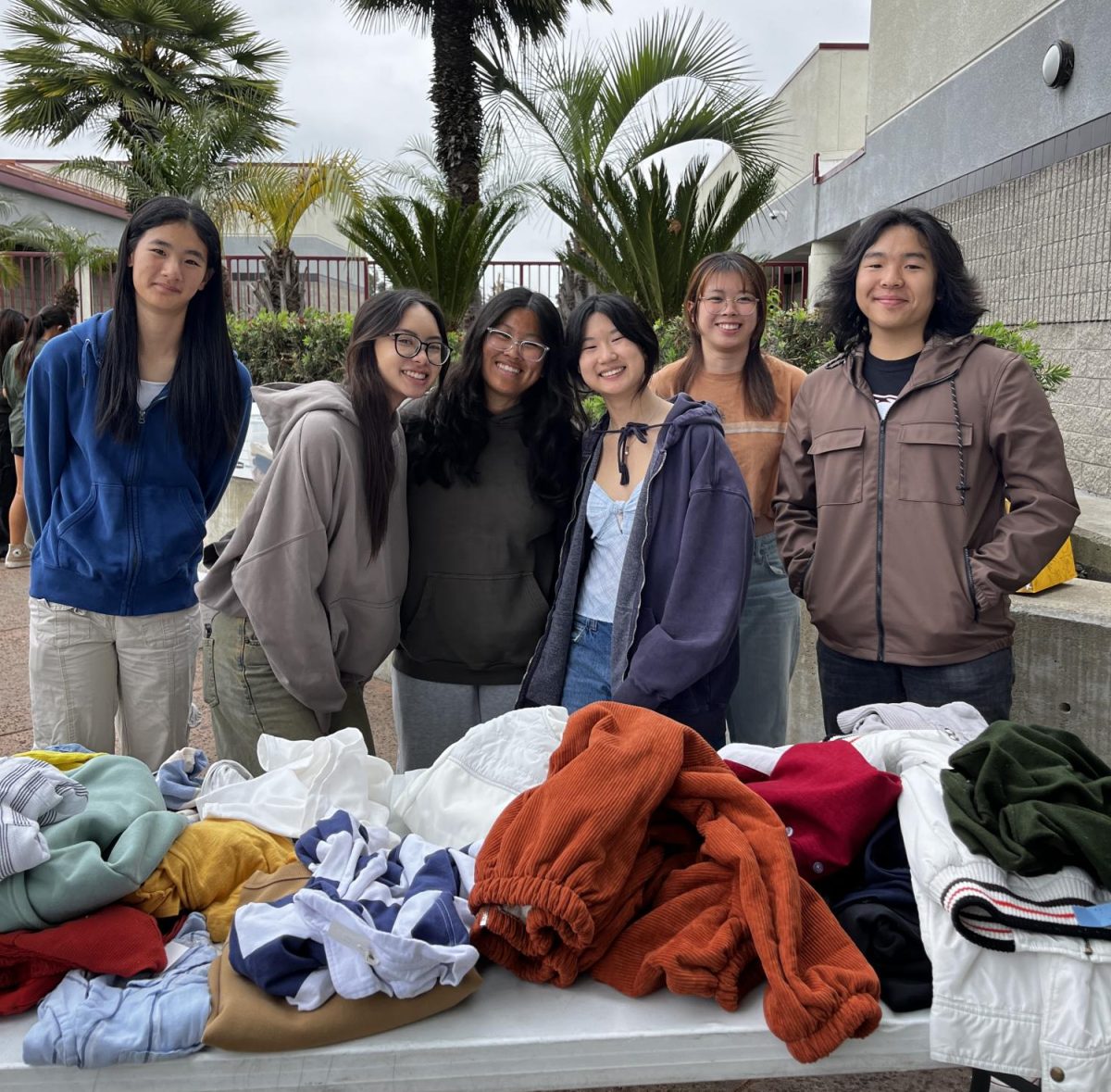
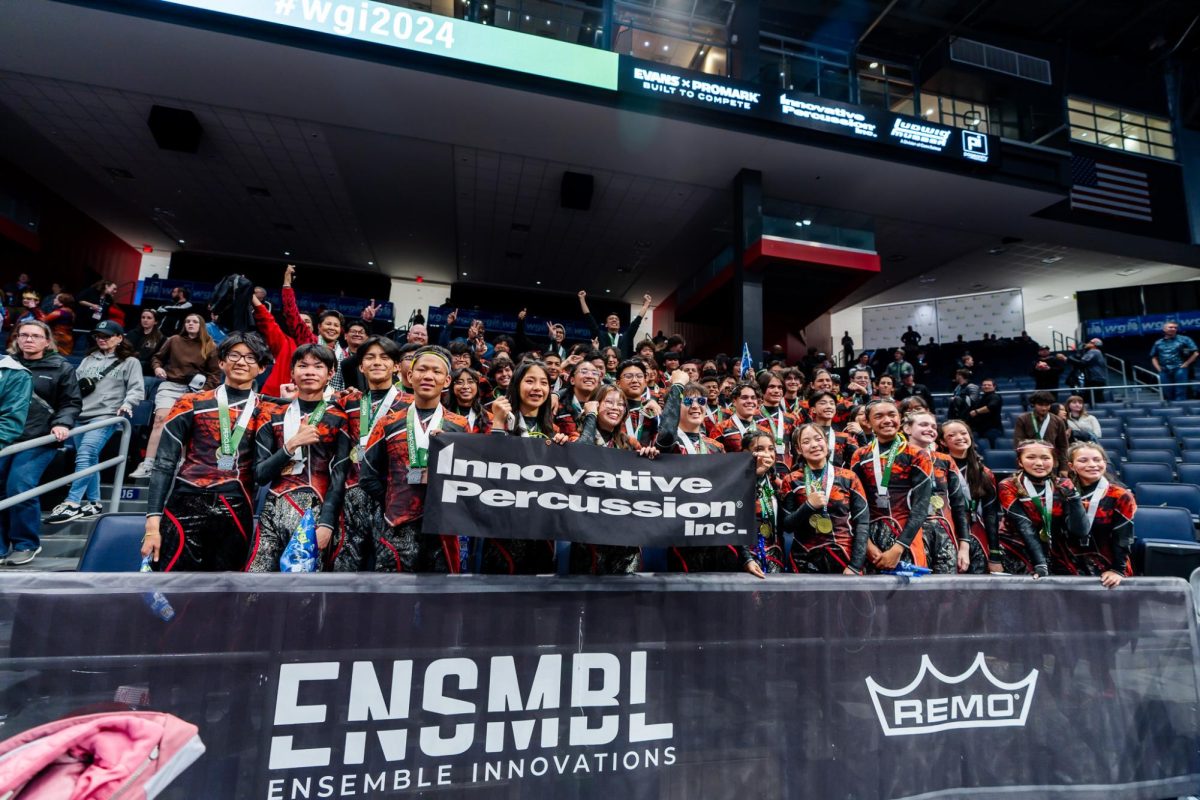

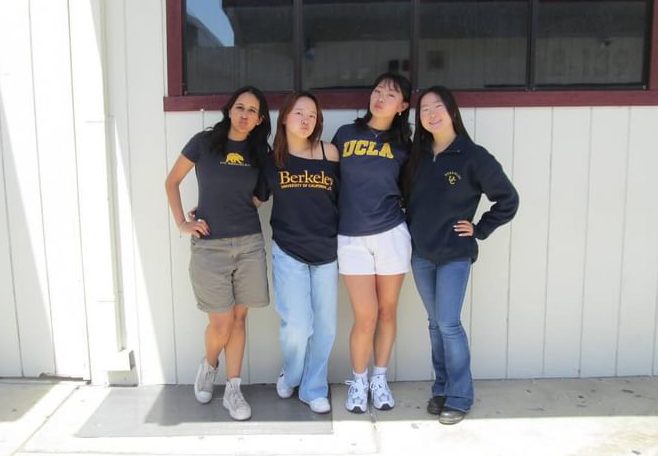


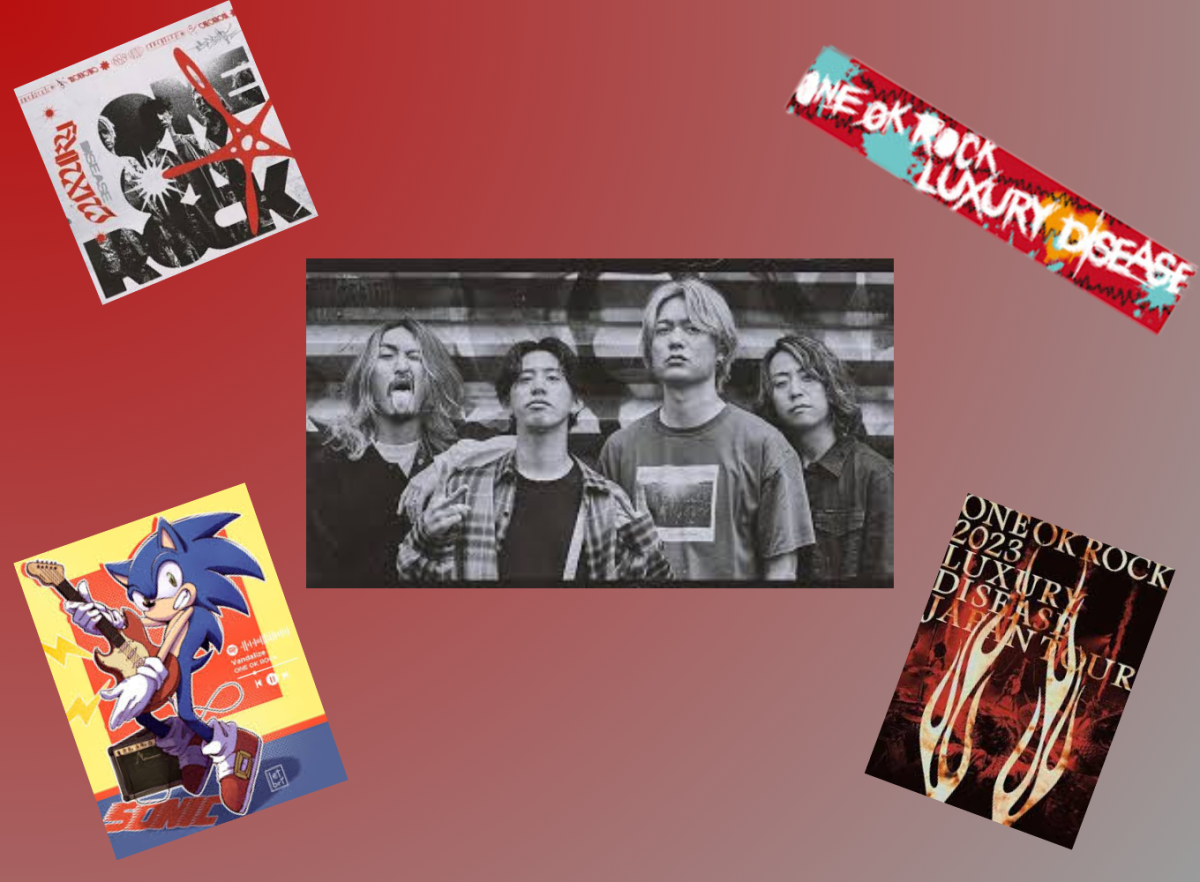

![[Photo Essay] What are the Bulldogs most used apps?](https://ayalabulldogtimes.org/wp-content/uploads/2024/05/Untitled_Artwork-23-1200x882.png)



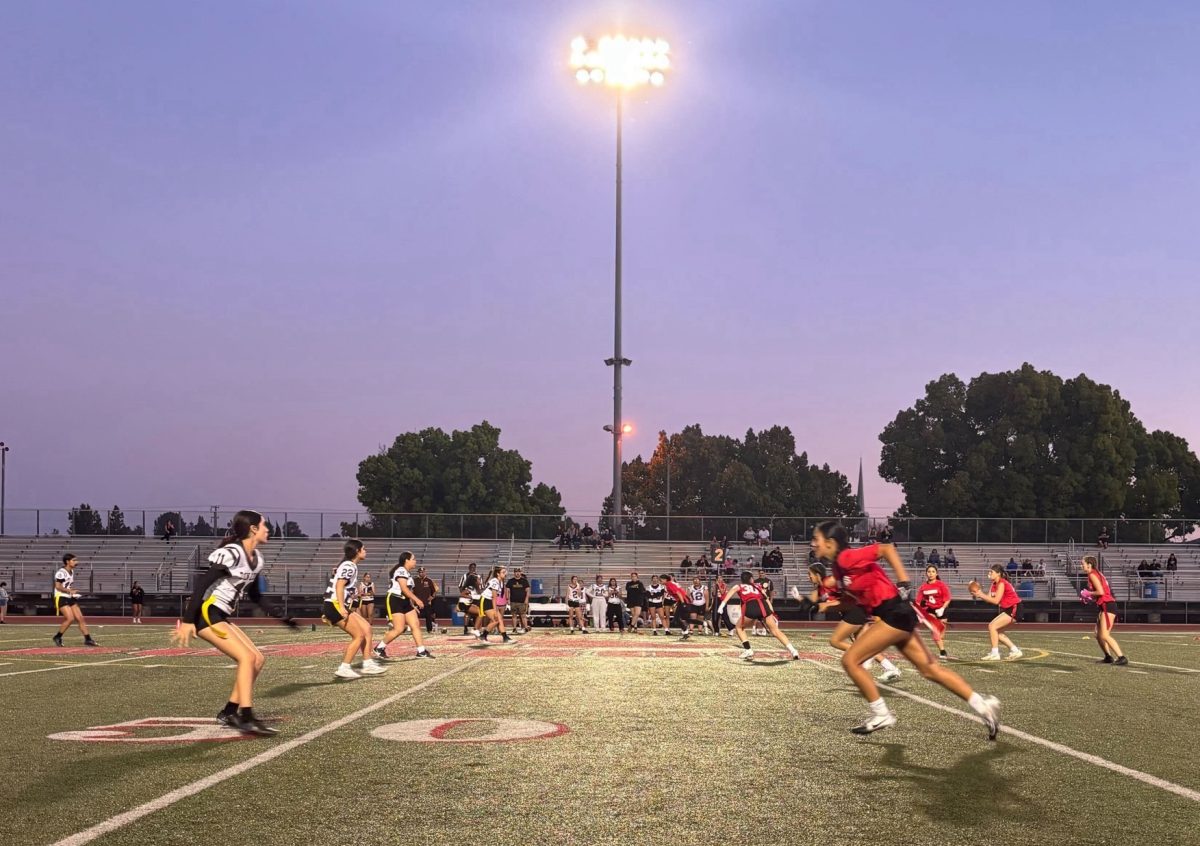




![Khalea Turningan has recently signed with the University of La Verne, to continue playing soccer after she graduates from Ayala. “Ive enjoyed [soccer] so much that I committed,” Turnigan said.](https://ayalabulldogtimes.org/wp-content/uploads/2024/02/Screenshot_20240201_122135_Instagram.jpg)
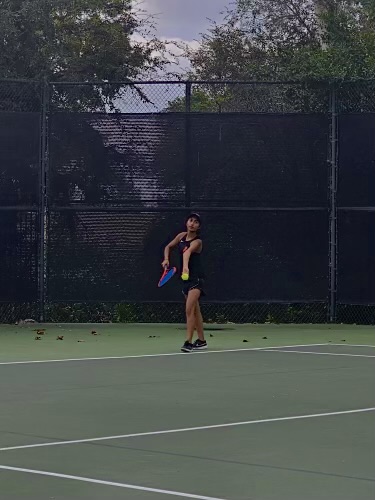






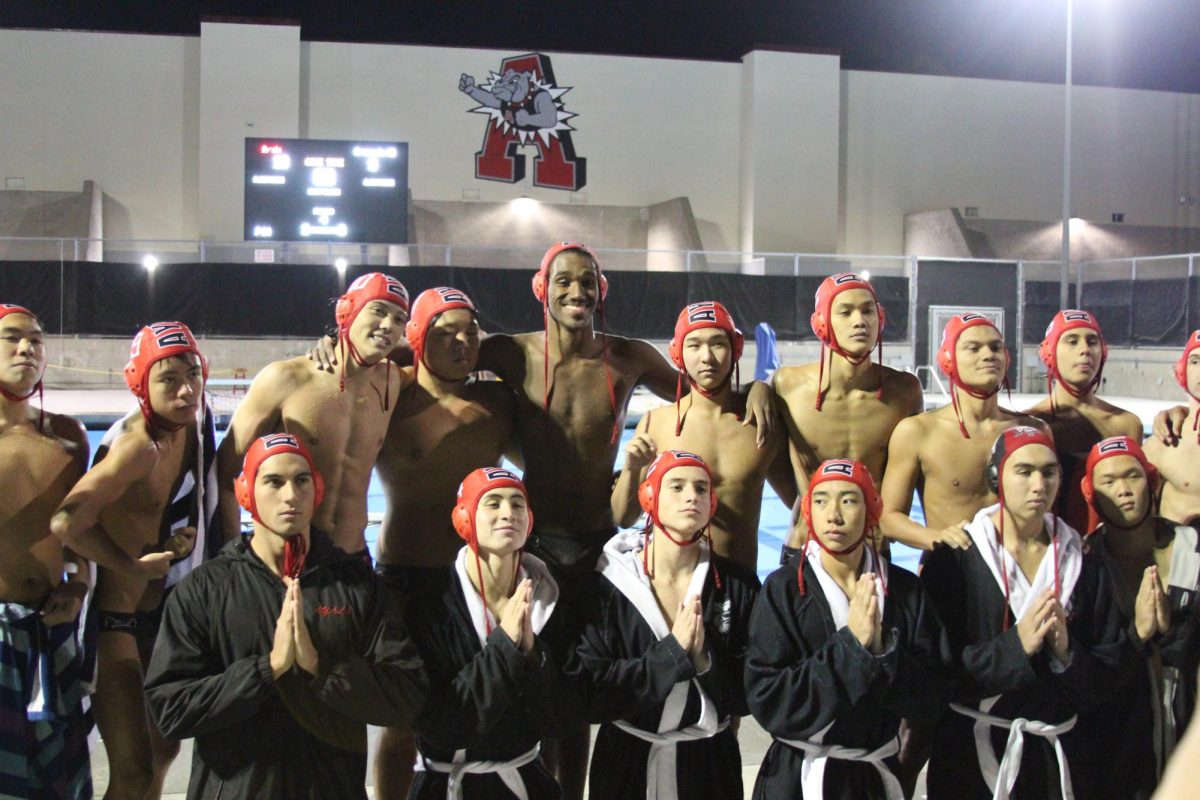
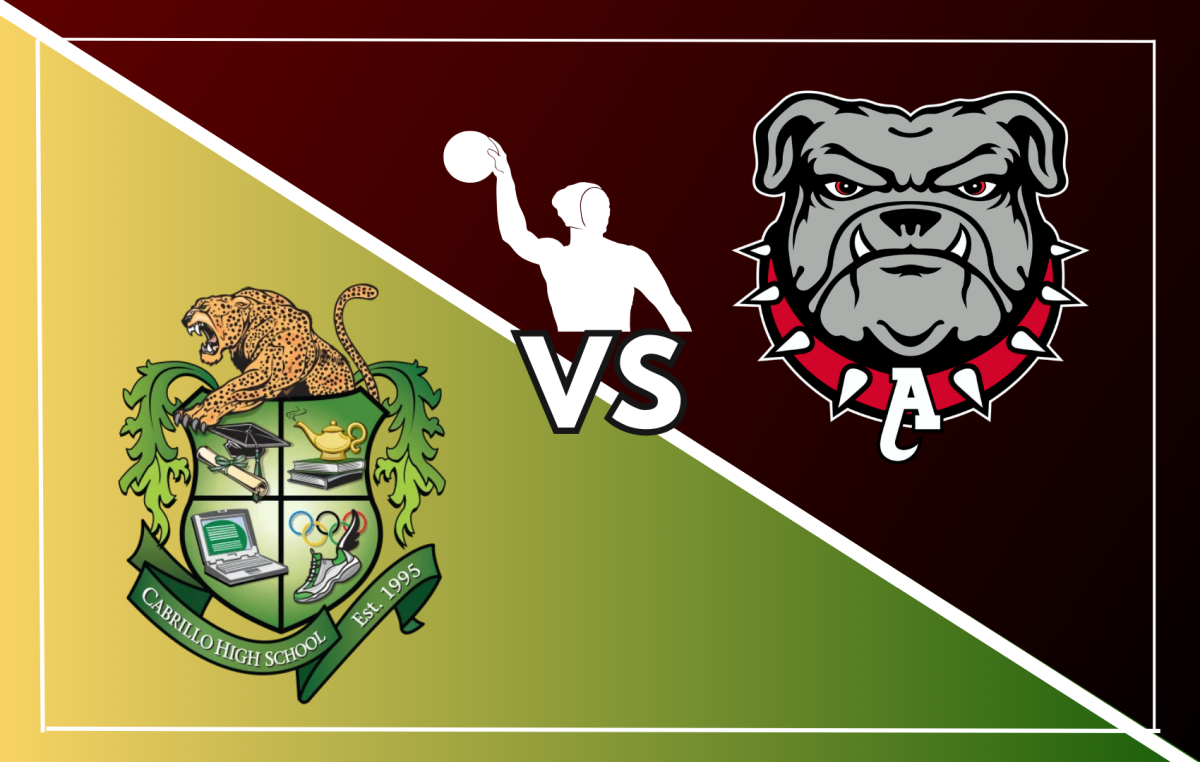
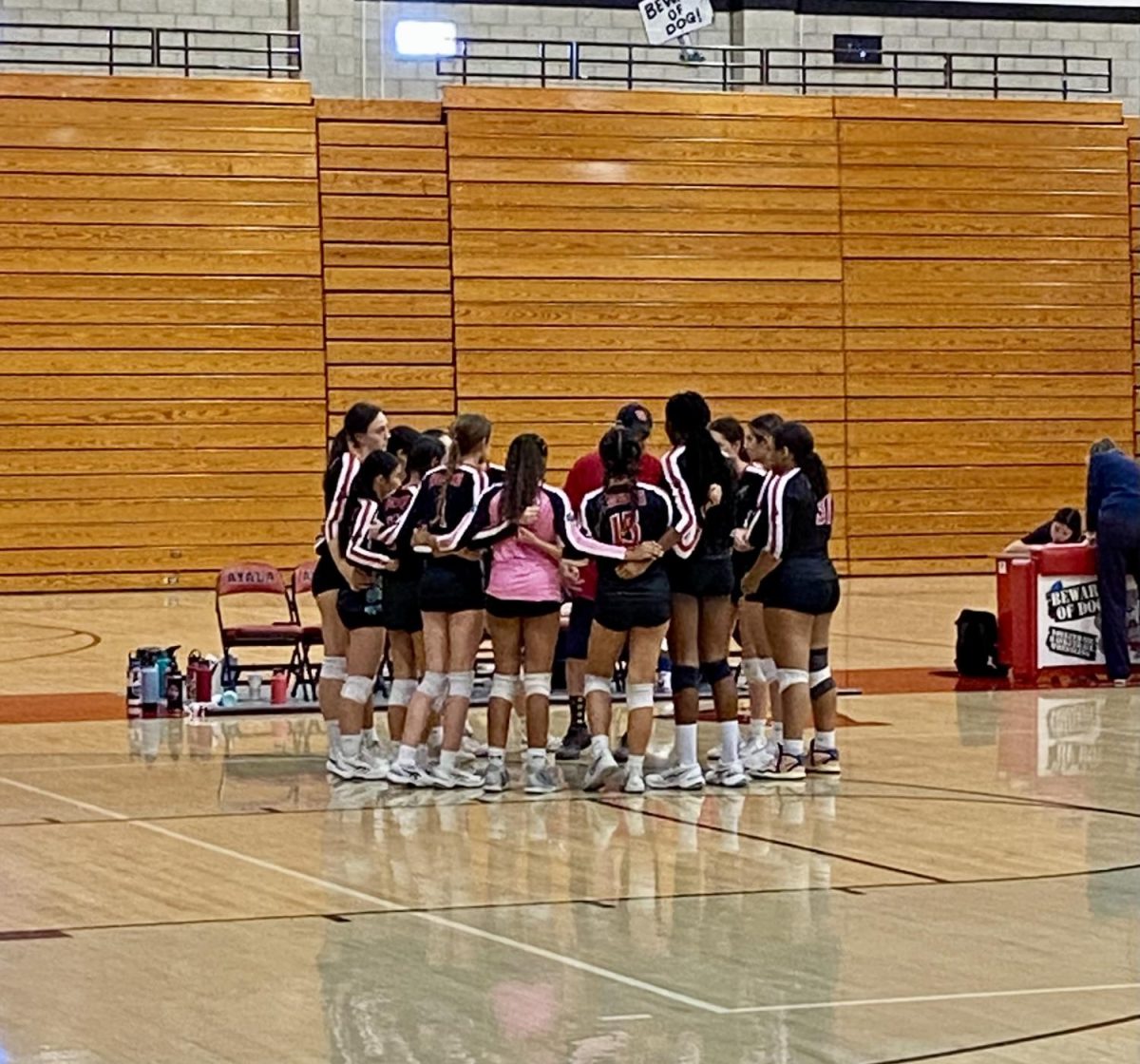
![Girls golf team at Glendora Country Club after their victory against Glendora High School. [From left] Lin Xu (9), Elisabeth lee (10), Eva Alcantara (10), Julie Zhao (9), Madison Soong (10), Priya Devine (10), Rachel Lee (9), Bella Campagna (12), Malaya Csupak (12), Julianna Limchu (12), Kailyn Dang (11), Hannah Reyes (11).](https://ayalabulldogtimes.org/wp-content/uploads/2023/11/IMG_6906-e1699247144815-1200x871.jpeg)


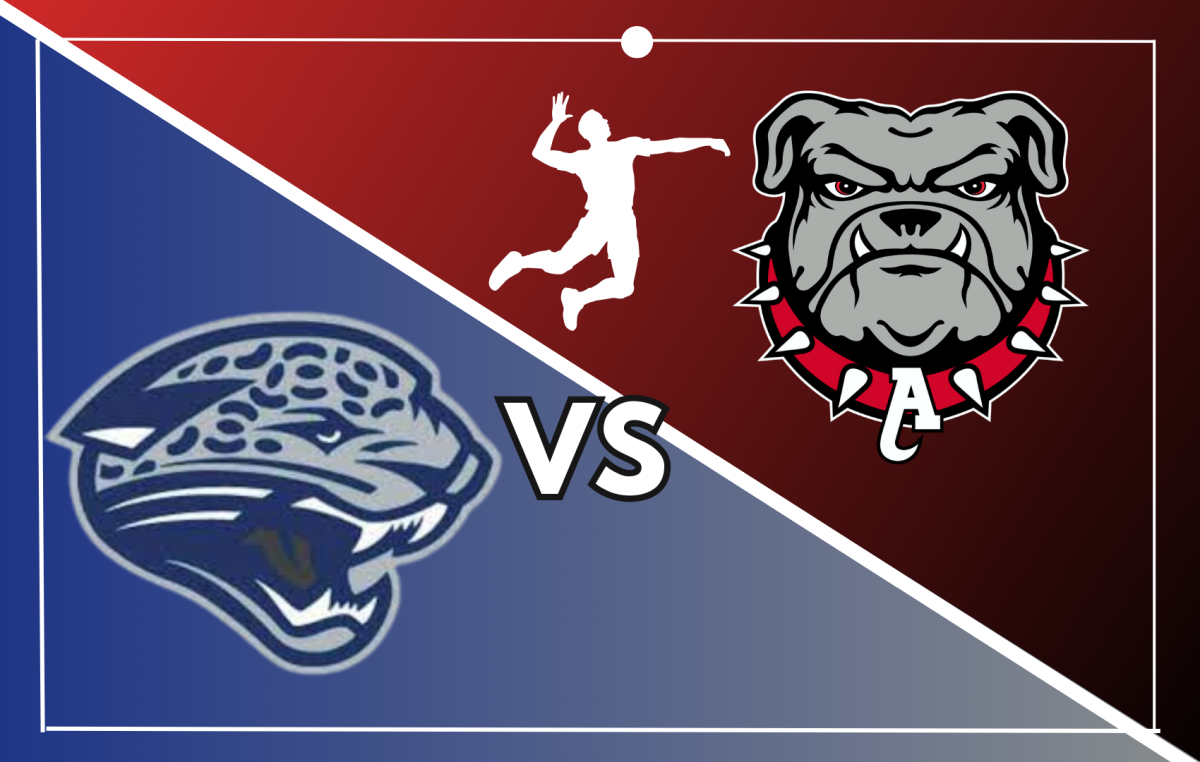
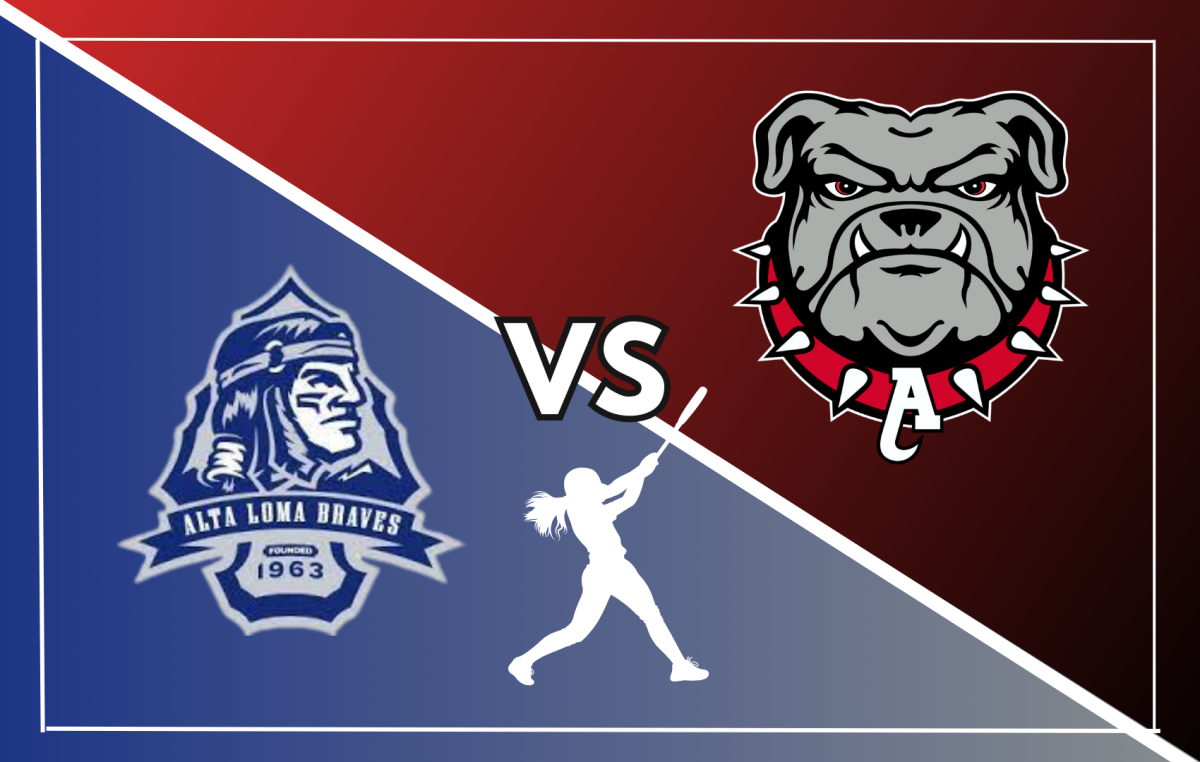

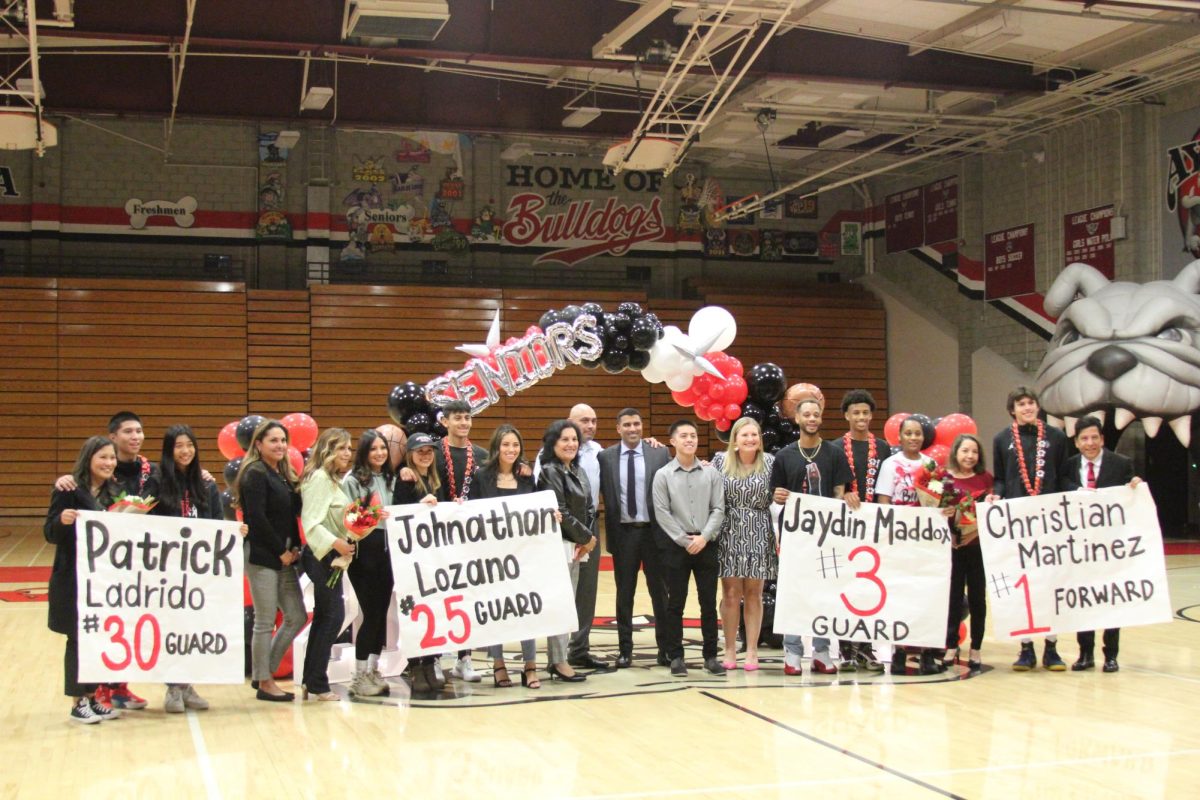


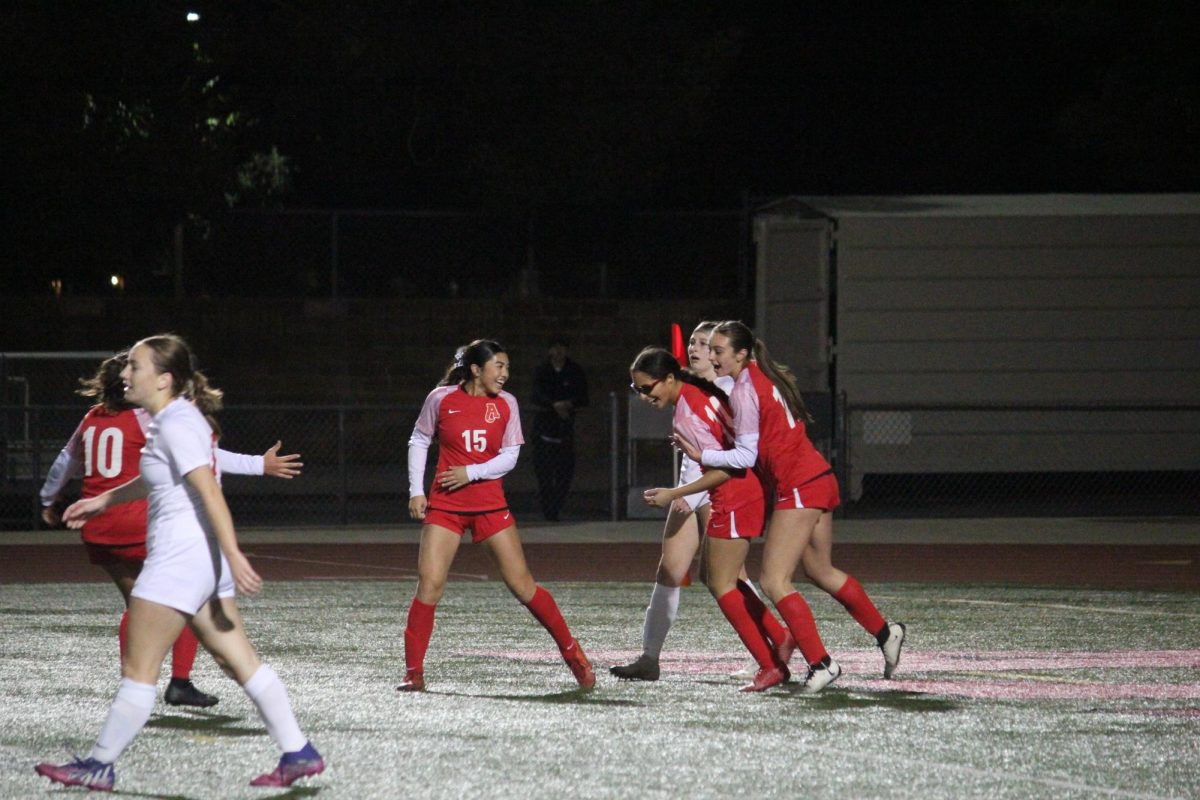







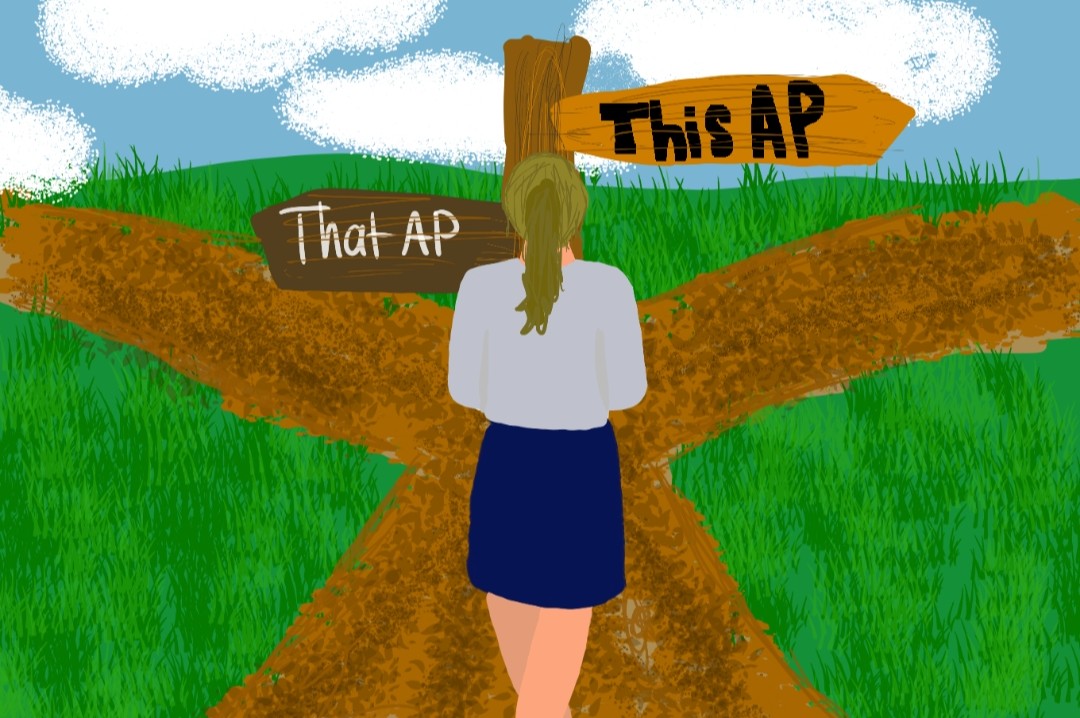
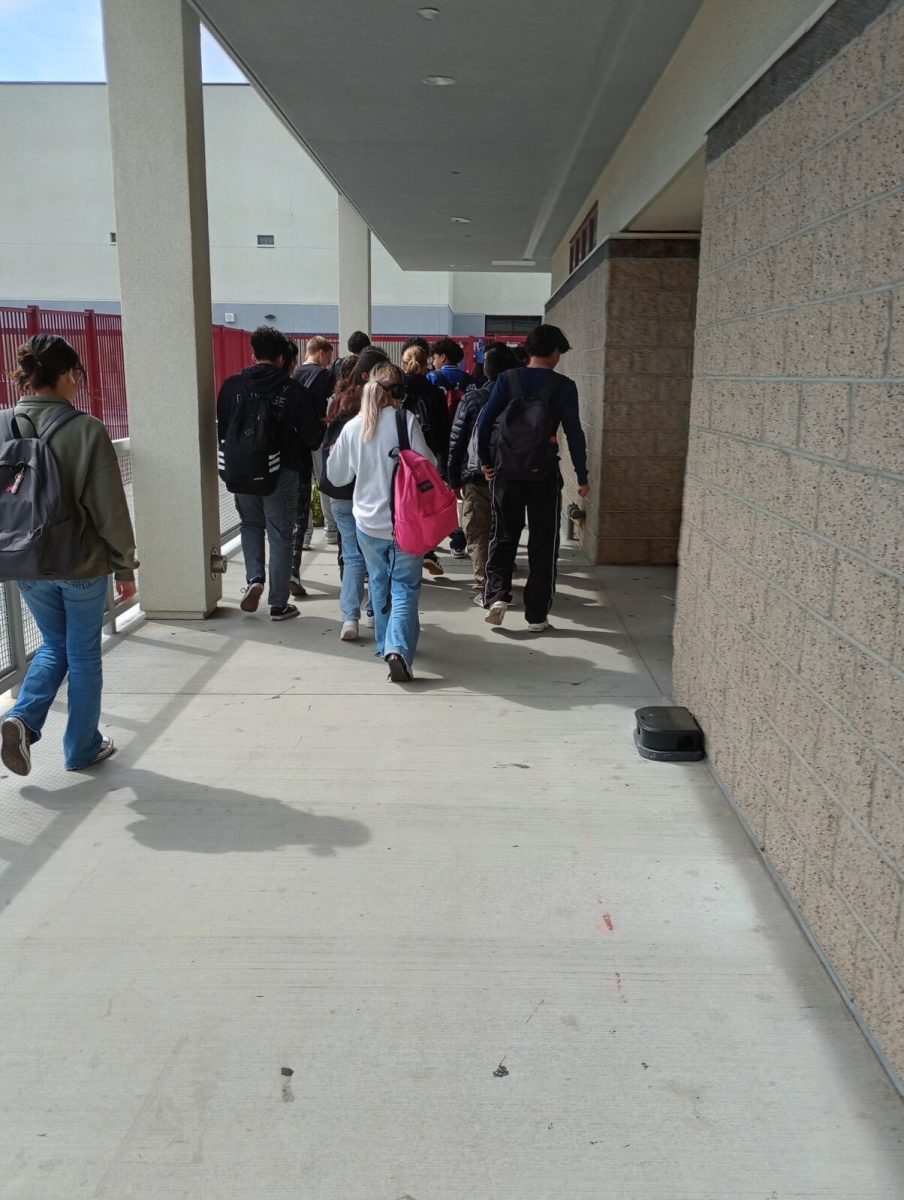





![[Valentines Writing Comp 24] How Dare You?](https://ayalabulldogtimes.org/wp-content/uploads/2024/03/IMG_1687-1200x794.png)
![[Valentines Writing Comp 24] Roses and Violets: A Modern Love Letter](https://ayalabulldogtimes.org/wp-content/uploads/2024/03/IMG_1686.png)



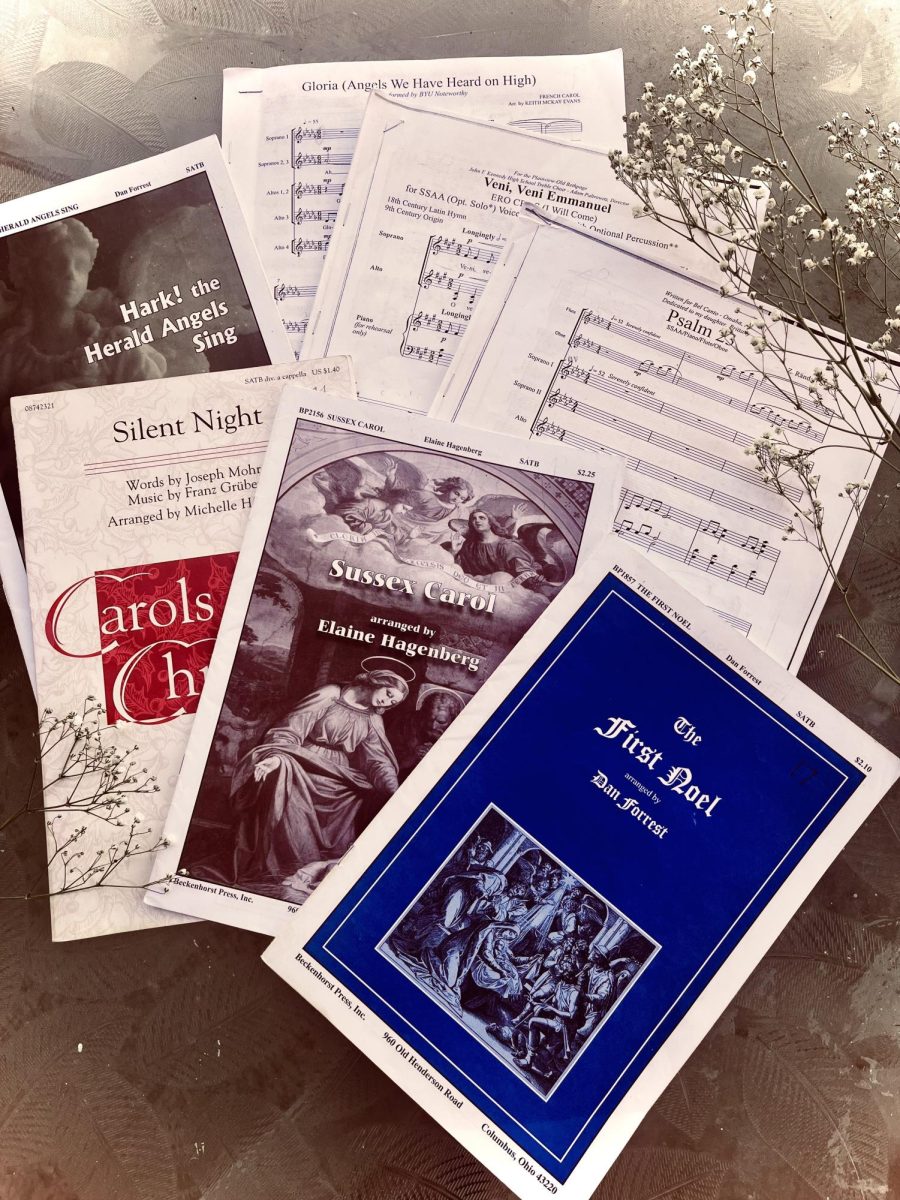

![[Episode 2] Fast fashion on the environment](https://ayalabulldogtimes.org/wp-content/uploads/2023/04/cover-art-1-900x900.png)


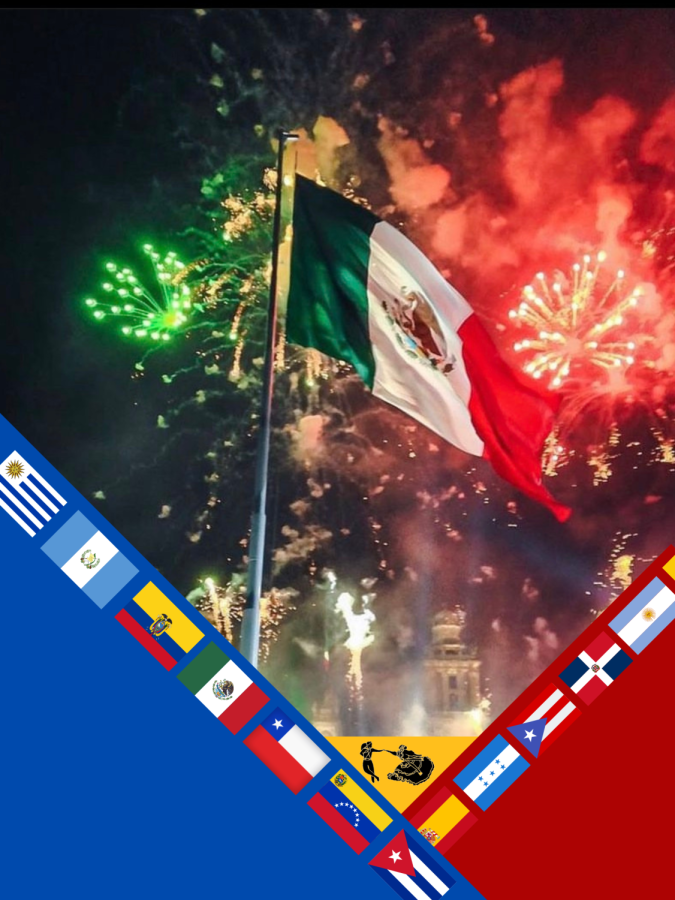

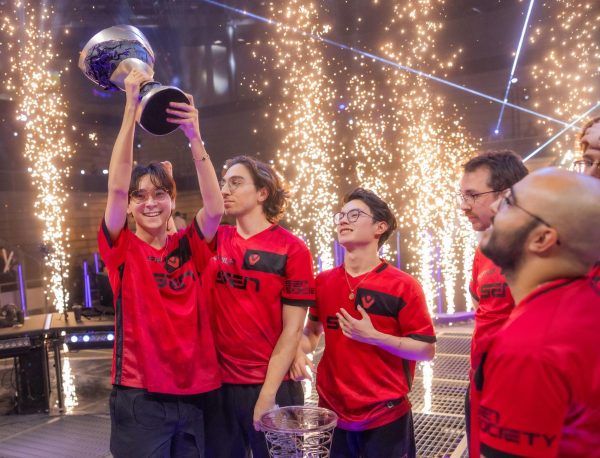


![[Photo Essay] What are the Bulldogs most used apps?](https://ayalabulldogtimes.org/wp-content/uploads/2024/05/Untitled_Artwork-23-600x441.png)


